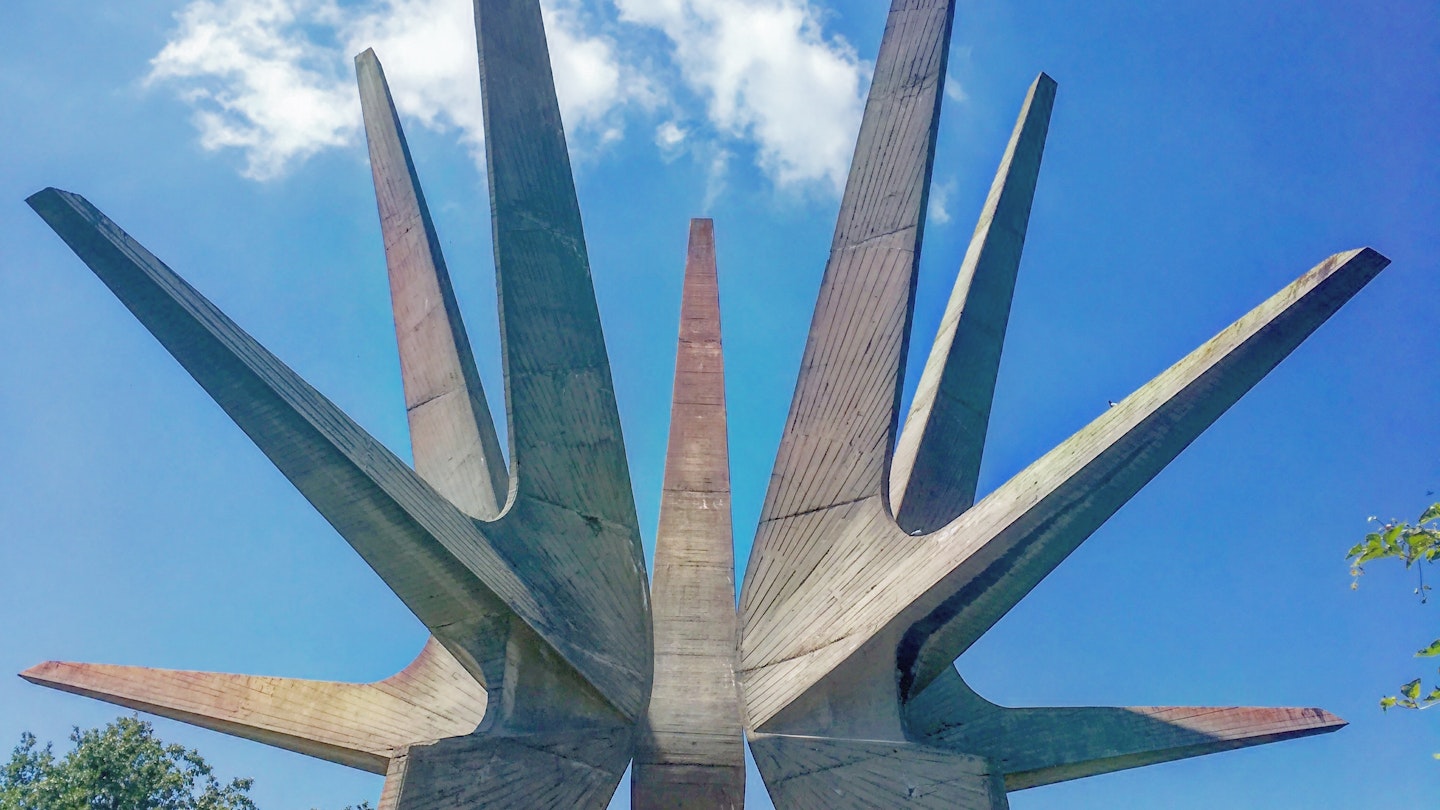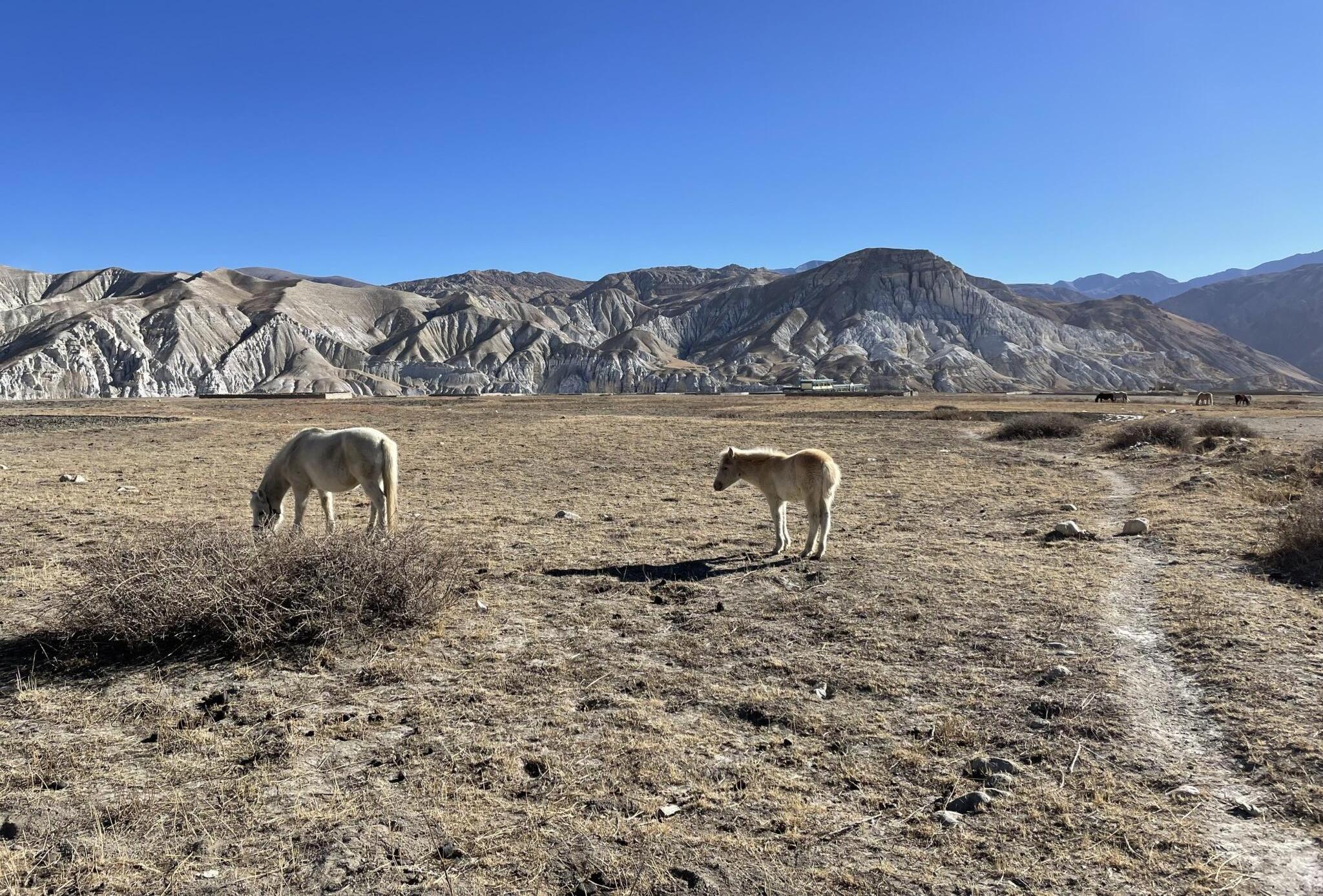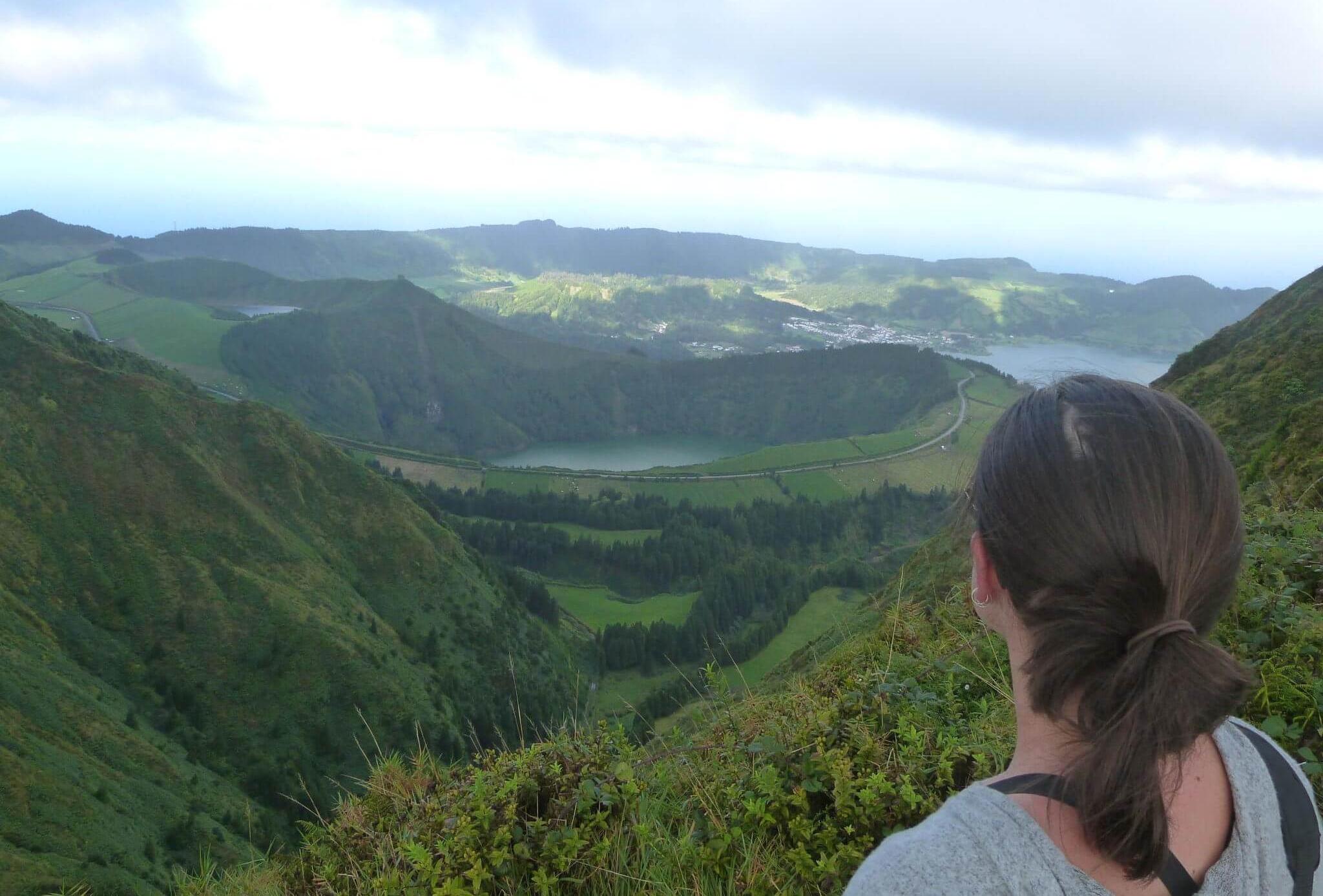Discovering Belgrade’s Spomeniks
Ever since the Dutch photographer Jan Kempenaers published his Spomenik photo series in 2010, the Yugoslav socialist-era monuments have been attracting global attention due to their abstract, almost otherworldly designs. As the former capital of Yugoslavia and a city heavily affected by the war, Belgrade boasts a fair share of impressive Spomeniks that tell stories of the city’s losses and resilience during one of its darkest periods. Most of these monumental sites are located within easy reach from the city center, making them a delightful treat for architecture, art, and history enthusiasts alike.
Although the initial interest in these memorials was largely aesthetic, initiatives such as Spomenik Database and the 2018–19 exhibition of Yugoslav socialist-era architecture at New York’s MoMA provided further historical and sociological depth to these intriguing works of art commemorating Yugoslavia’s struggles during WWII.
Memorial to the Serbian Jews
Between 1941 and 1944, during the WWII Nazi occupation, around 90% of Serbia’s (mostly Sephardi) Jewish population perished in the Holocaust. Their collective suffering is memorialised by a monument inside Belgrade’s leafy Sephardi cemetery. The monument, designed to resemble the Tables of the Law brought by Moses, ingeniously combines stern, grey stone with the remains of old masonry, alluding to the Jewish community’s long history in Serbia. Built in 1952, this was also the first memorial designed by Bogdan Bogdanović, who went on to become one of the most renowned architects of socialist Yugoslavia and even served as the mayor of Belgrade between 1982 and 1986.
Although rarely visited, the cemetery is easily reachable from central Belgrade by public transport (tram 12 and bus lines 27 and 65) and is open every day except Monday.
Alley of the Fallen Patriots
Across the road from the Sephardic cemetery, in the heart of the historic New Cemetery, stands an evocative memorial to Belgraders who were shot or hanged by the occupying forces during WWII. Designed by Bogdanović and Svetislav Ličina, this garden-like monument is bordered by austere concrete walls. It contains four Doric pillars, one for each year of Belgrade’s occupation, as well as a miniature of Belgrade’s Terazije Square featuring gallows, commemorating those who were publicly executed there.
Additionally, nearby is Ličina’s brutalist Alley of Meritorious Citizens, where many of the greatest Serbian and Yugoslav artists and political figures of the 20th century are buried, including Nobel-prize-winning author Ivo Andrić.
Flaming Menorah of Jalija
From the 16th century until 1941, Jalija, a neighborhood stretching between Dušanova, Dubrovačka, and the Danube, was the heart of Jewish life in Belgrade. With most of its residents having perished in the Holocaust, the neighborhood transformed significantly after WWII and retains little of its former Jewish character. However, Nandor Glid’s solemn monument on the banks of the Danube, near the Milan Gale Muškatirović sports complex, commemorates the suffering of Jalija’s residents during the war and preserves the memory of the neighborhood’s past.
Shaped like a menorah engulfed in flames, it poignantly captures the horrors of the Holocaust experienced by Glid himself, as many in his family were killed in Auschwitz. After joining Tito’s Partisans (a communist-led resistance group) during the war, Glid became one of Yugoslavia’s most renowned sculptors, with emotive works featured in memorials at Dachau and Mauthausen-Gusen concentration camps, as well as Israel’s official memorial to the victims of the Holocaust, Yad Vashem.
Jajinci Memorial Park
Located approximately 11km from central Belgrade, Jajinci served as the site for mass executions during WWII. It is estimated that between 65,000 and 80,000 civilians and opponents of the Nazi regime were shot there, with many held tethered to wooden stakes still visible at the site. Despite its grim history, the main monument in the park symbolizes hope: a stylized stainless steel dove of peace rises from a tall concrete pillar between mass graves. This poetic, shimmering centerpiece, designed by Vojin Stojić and erected in 1988, contrasts with the earlier, more somber socialist-realist monument constructed in 1951.
The memorial park can be conveniently accessed by the 401 bus, which departs from the Birčaninova stop by Bulevar Oslobođenja, close to Slavija Square.
Kosmaj Memorial Complex
With five fins forming a star seemingly suspended in mid-air, the stunning Kosmaj Memorial rises from the slopes of Kosmaj mountain and honors the creation of Kosmaj’s first anti-fascist resistance regiment in July 1941. Designed by Vojin Stojić and Gradimir Medaković and unveiled in 1971, it is famed for its gravity-defying, dramatic design.
Kosmaj is located roughly 50km away from central Belgrade, making access via public transport somewhat challenging; therefore, reaching the monument is best accomplished by car. For a fulfilling day trip, consider also visiting the Jajinci memorial along the way.
Staro Sajmište
Staro Sajmište was a notorious concentration camp on the New Belgrade side of the Sava River. Technically situated on territory ceded to the Nazi-supported Independent State of Croatia, the camp was operated by the Gestapo as Judenlager Semlin and claimed the lives of over 40,000 of the 80,000 prisoners held there between 1941 and 1944, most of whom were Jews, Roma, and Serbs. Although the site of Staro Sajmište is still awaiting comprehensive development into a memorial complex, an imposing monument was erected on the banks of the Sava in 1995. This monument commemorates the victims of the camp and was designed by Miša Popović, symbolizing two praying hands reaching upwards.
The best way to reach the monument is by taking public transport to the New Belgrade side of Brankov most, followed by a short walk to the memorial.





